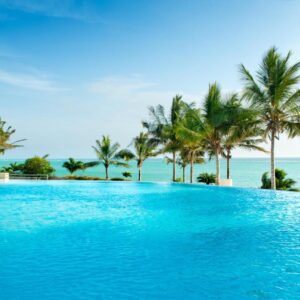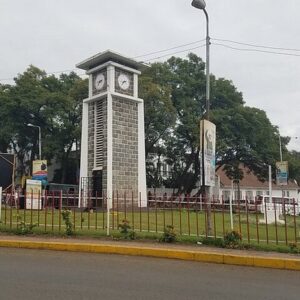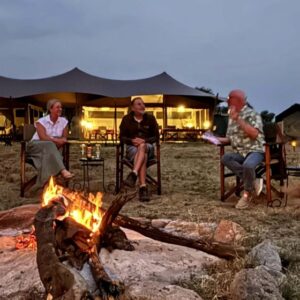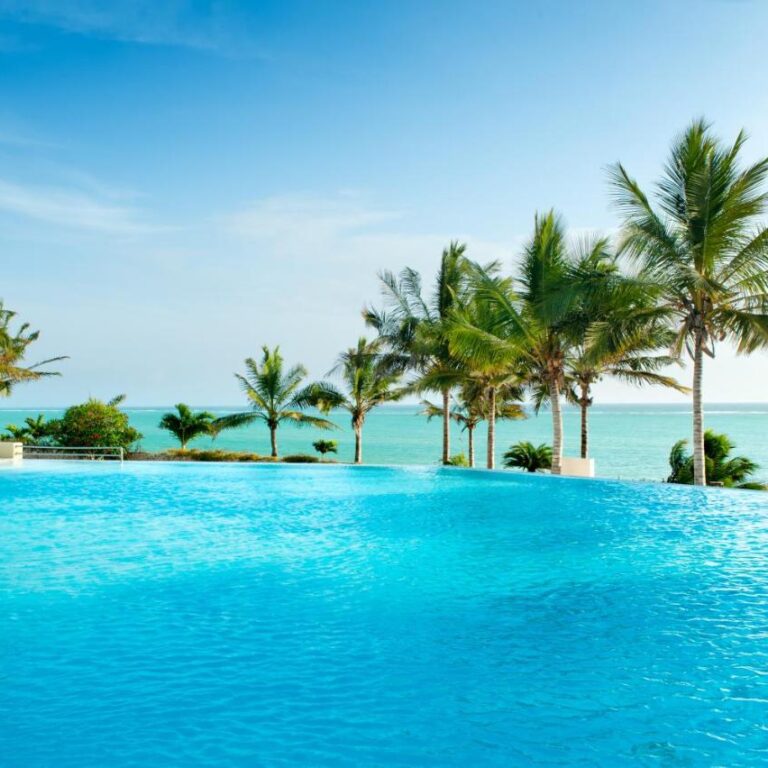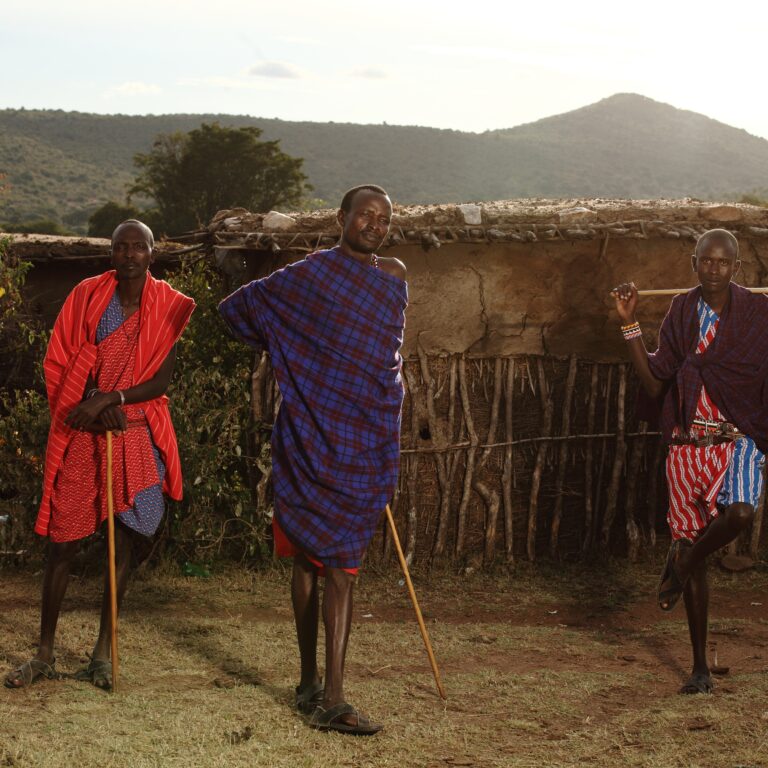Mount Kilimanjaro. The very name evokes images of snow-capped peaks rising majestically above the African plains, a solitary giant challenging the sky. Standing as Africa’s highest point and the world’s tallest freestanding mountain, Kilimanjaro isn’t just a mountain; it’s a beacon for adventurers, a symbol of perseverance, and an experience that imprints itself on the soul. While the physical challenge is undeniable, the reasons to embark on this extraordinary journey extend far beyond simply reaching a summit. Climbing Mount Kilimanjaro is often considered a worthwhile experience due to the challenging yet rewarding nature of the climb, the stunning panoramic views, and the sense of accomplishment upon reaching the summit. While it’s physically demanding and requires careful preparation, the unique experience of traversing diverse landscapes and getting to the “Roof of Africa” can be incredibly fulfilling.
Climbing Mount Kilimanjaro is an “amazing” experience for many due to the profound personal accomplishment, breathtaking scenery, unique natural environment, and the opportunity to meet like-minded individuals and challenge oneself. It offers a chance to stand atop the highest mountain in Africa and the world’s highest free-standing mountain, culminating in a potentially life-changing achievement.
1. Boosting the Local Economy: A Climb with Purpose
Choosing to climb Kilimanjaro not just a personal quest; it’s a significant act of support for the local Tanzanian economy. The bustling hiking industry provides vital employment for thousands of Tanzanians, from highly experienced guides and cooks who prepare nourishing meals, to the strong and tireless porters who carry the heavy loads and set up camps. Beyond the immediate climbing crew, local businesses like guesthouses, restaurants, souvenir shops, and transport services all benefit from the influx of hikers. By diligently choosing a reputable, ethical tour operator that adheres to fair wage and treatment standards (like those supported by the Kilimanjaro Porters Assistance Project – KPAP), you directly contribute to the livelihoods of these hardworking individuals and their families, fostering sustainable development and making a tangible positive impact on the community that calls the mountain home.
2. Personal Accomplishment: A Transformative Test of Self
For many, climbing Kilimanjaro its the ultimate test of personal resilience and determination. It pushes you physically, mentally, and emotionally in ways few other experiences can. The journey demands unwavering perseverance through long hiking days, the insidious discomfort of altitude, and the grueling, often freezing, final summit night. Overcoming these challenges, one slow, deliberate step at a time, culminating in standing on Uhuru Peak as the sun begins to paint the world below, provides an unparalleled sense of personal accomplishment and profound pride. It’s a powerful reminder of your inner strength and capabilities, a self-discovery journey that leaves you with newfound confidence and an inspiring story that will resonate for a lifetime.
3. Remote Yet Accessible: A Major Peak for Every Adventurer
Despite its towering height and formidable appearance, Mount Kilimanjaro its remarkably accessible for a major global peak. Unlike technical mountaineering expeditions that demand specialized climbing skills, ropes, and extensive prior training, Kilimanjaro its famously a “walk-up” mountain. This means no technical climbing experience is necessary, making it achievable for anyone with good physical fitness, unwavering mental fortitude, and a willingness to acclimatize properly. Its convenient proximity to Kilimanjaro International Airport (JRO) and well-established network of tour operators further enhance its accessibility, allowing adventurers from all corners of the globe to pursue their dream of conquering Africa’s highest point without the prohibitive technical barriers of other world-class mountains.
4. Home to Fascinating Wildlife: Beyond the Summit Scenery
While not a “Big Five” safari destination in the traditional sense, the lower slopes of Kilimanjaro, particularly within Kilimanjaro National Park, are teeming with fascinating wildlife. As you trek through the lush montane rainforest, you might encounter playful blue monkeys leaping through the canopy, distinctive black-and-white colobus monkeys, and a vibrant array of bird species. Elusive larger animals like elephants, buffalo, and even leopards also inhabit these forested areas, though sightings are less common given their shy nature. The presence of these wild inhabitants adds an unexpected, enriching dimension to the climb, reminding you that you’re ascending through a living, breathing, and incredibly biodiverse ecosystem.
5. Spectacular Photo Opportunities: A Visual Feast
From the misty, emerald green of the lower rainforests to the striking. Almost lunar landscapes of the alpine desert, and finally, the majestic, often snow-capped summit. Kilimanjaro offers an astonishing array of photographic opportunities. Each ecological zone presents a unique aesthetic: a kaleidoscope of changing vegetation. Dramatic volcanic rock formations, and, of course, the iconic glaciers of Kibo (though sadly receding). The sunrises and sunsets from above the clouds, painting the vast plains below in fiery hues of orange, pink, and purple, are particularly breathtaking. Providing indelible images that capture the grandeur and raw beauty of the African continent.
6. Easiest of the Seven Summits: An Attainable Global Goal
For mountaineers aspiring to conquer the “Seven Summits” (the highest mountains on each of the world’s seven continents), Kilimanjaro holds a special place. It is widely considered the most accessible and least technical of them all. While undeniably demanding, it doesn’t require advanced mountaineering skills, extensive ice climbing experience, or the use of fixed ropes. This unique characteristic makes it an ideal starting point for those new to high-altitude trekking. Offering the thrill and prestige of a major global summit without the extreme technical challenges or astronomical costs often associated with peaks like Everest or Denali.
7. It’s a World Icon: Joining a Legacy of Explorers
Kilimanjaro holds a prominent and enduring place in global consciousness. Instantly recognizable as a symbol of Africa’s natural majesty. It has inspired countless artists, writers, and adventurers throughout history, from Ernest Hemingway’s evocative short story. “The Snows of Kilimanjaro” to numerous documentaries and travelogues. Climbing a world icon connects you to a rich history of exploration, challenge, and human endeavor. Allowing you to join the ranks of those who have dared to stand on its lofty and revered summit.
8. It’s Well Maintained: A Preserved Natural Heritage
Kilimanjaro National Park, designated a UNESCO World Heritage Site. Remarkably well-managed and maintained by the Tanzanian National Parks Authority (TANAPA). The hiking trails are generally well-defined, and the park authorities are genuinely committed to conservation and ensuring the safety of hikers. Strict waste management practices are enforced, with all refuse carried off the mountain, and the routes are regularly monitored and maintained. This high level of preservation and management ensures a safer, more enjoyable experience. An environmentally responsible hiking experience for all hikers, safeguarding the mountain’s pristine environment for generations to come.
9. Natural Wonder: A Geological and Ecological Marvel
Kilimanjaro is not merely a mountain; it’s a living, breathing geological marvel. A massive dormant stratovolcano, composed of three distinct volcanic cones: Kibo (the highest), Mawenzi, and Shira. It’s sheer size and the dramatic transition through five distinct ecological zones. Starting with lush rainforest, moving through heath and moorland. Entering the stark alpine desert, then the arctic zone, and finally the summit’s volcanic rock and remaining glaciers. Makes it a unique natural laboratory. Witnessing these rapid and dramatic shifts in vegetation and landscape within a single climb is a profound experience. Showcasing the incredible biodiversity and geological history of our planet.
10. A Mountain of Superlatives: A Peak of Records
Kilimanjaro proudly holds numerous superlatives that add to its allure. It’s not only the highest point in Africa but also the highest freestanding mountain in the world. Rising in isolation from the plains below. Furthermore, it’s one of the world’s largest volcanoes, a testament to immense geological forces. Its permanent icecap, defying its equatorial location, adds to its mystique and scientific intrigue (though tragically, these glaciers are receding). These record-breaking attributes contribute to its iconic status and the profound sense of awe it inspires in all who gaze upon it or dare to climb its slopes.
11. Good Infrastructure: Smooth Logistics for Your Adventure
For a journey into a remote wilderness area, the infrastructure supporting Kilimanjaro climbs is surprisingly robust and well-organized. The established entry gates and park offices, well-defined routes with designated campsites (or basic huts on the Marangu route). Highly regulated system for guides and porters. Kilimanjaro International Airport (JRO), conveniently located near Moshi and Arusha, making international access straightforward. This relatively good infrastructure, developed over decades of responsible tourism. Significantly streamlines the logistics of your adventure, allowing you to focus on the challenge and beauty of the climb itself.
12. It is Climbable by People from All Walks of Life: An Inclusive Challenge
Unlike technical peaks that require specialized mountaineering skills. Kilimanjaro’s “walk-up” nature makes it accessible to a remarkably diverse range of people. It’s not just for elite athletes; individuals from various backgrounds, age groups, and fitness levels (with adequate preparation) successfully reach the summit each year. This inclusivity makes it a popular choice for charity climbs, family adventures. Or personal challenges for anyone with determination and a reasonable level of fitness. Proving that great adventures are within reach for many. Climbing Kilimanjaro is like walking from the Equator to the North Pole in the matter of a week! It’s also an incredibly bonding experience.
13. It is a World on Its Own: A Journey Through Ecosystems
Kilimanjaro is often described as a “world on its own. Because it ascends its slopes like traversing the globe’s climate zones in a matter of days. You begin in the hot, humid rainforest at the base, pass through heath and moorland. Enter the stark, arid alpine desert, then experience the cold, barren arctic zone. Finally, reach the glacial cap of the summit. This rapid transition occurs through distinct ecosystems, each with its unique flora and fauna. Offers an unparalleled educational and sensory experience, the incredible diversity of our planet within a single, contained journey.
Where does Kilimanjaro Rank Among the Seven Summits?
Top 12 Hardest and Most Dangerous Mountains to Climb
12 Things to Know Before You Climbing Mount Kilimanjaro
Top 10 Reasons to go on a Tanzania Safari
10 Reasons Why You Should Visit the Serengeti National Park
In conclusion:
Climbing Mount Kilimanjaro it far more than just a physical challenge. It’s an opportunity for profound personal growth. Experience unique natural beauty and wildlife, a chance to connect with local culture, and a contribution to responsible tourism. It is a journey that will test your limits, broaden your horizons. And leave you with memories that will last a lifetime. Mount Kilimanjaro is known as the “Greatest Natural Wonder of the World” because of its nice views and an extraordinary hiking experience.

